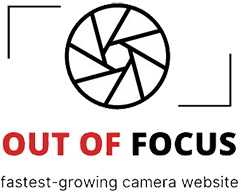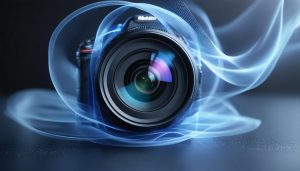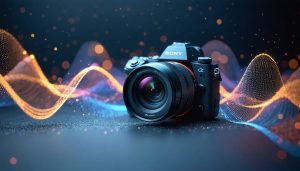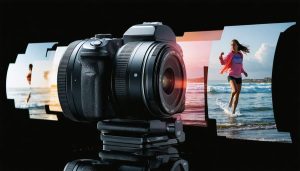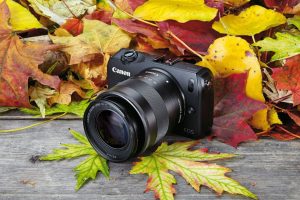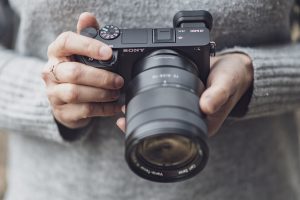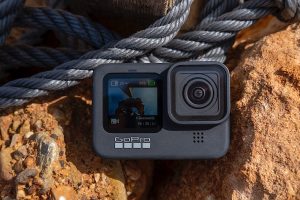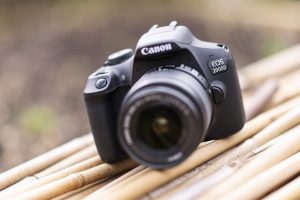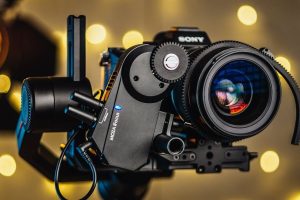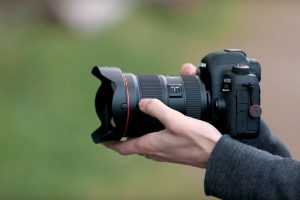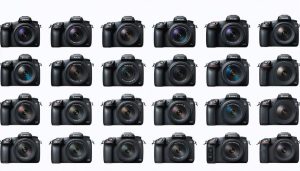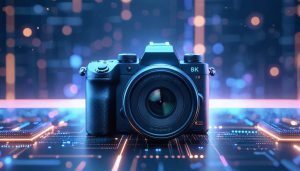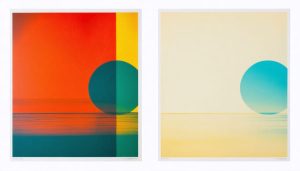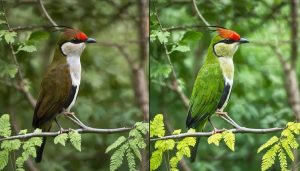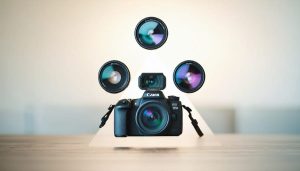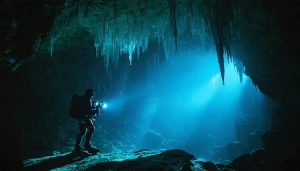
In the ever-evolving world of digital photography, understanding image quality differences between cameras goes far beyond mere megapixel counts. Compare cameras under identical shooting conditions, capturing the same scene with matched settings to reveal true performance variations. Test across multiple lighting scenarios – from bright daylight to challenging low-light environments – where sensor size fundamentals and processing capabilities become most apparent. Examine real-world details like color accuracy, dynamic range, and noise handling at both base and higher ISO settings, rather than relying solely on manufacturer specifications.
Today’s marketplace offers unprecedented image quality across price points, but meaningful differences emerge in specific use cases. Professional portrait photographers might prioritize skin tone reproduction and shallow depth-of-field capabilities, while landscape photographers focus on dynamic range and resolution. Understanding these nuanced requirements helps cut through marketing hype to identify genuine advantages between camera systems.
This comprehensive comparison explores the practical impact of sensor technology, image processing engines, and lens compatibility on final image quality. We’ll examine side-by-side examples from leading manufacturers, revealing how these technical differences translate into real-world results for both casual shooters and working professionals.
Understanding Sensor Size and Its Impact
Full Frame vs APS-C vs Micro Four Thirds
When comparing sensor sizes, the Full Frame vs APS-C vs MFT comparison reveals distinct differences in image quality and shooting characteristics. Full Frame sensors, being the largest of the three at 36x24mm, typically deliver the best low-light performance and the shallowest depth of field. This is particularly evident in portrait photography, where the background blur appears smooth and creamy.
APS-C sensors, measuring approximately 23.5×15.6mm, offer an excellent balance between performance and portability. While they may produce slightly more noise in low-light conditions compared to Full Frame, the difference is often negligible in good lighting conditions. These sensors also provide an inherent advantage for wildlife and sports photographers, as the crop factor effectively increases the reach of telephoto lenses.
Micro Four Thirds (MFT) sensors, at 17.3x13mm, are the smallest of the three but shouldn’t be underestimated. Modern MFT cameras compensate for their smaller size with advanced processing and stabilization systems. While they may show more noise at higher ISOs, they excel in situations requiring deep depth of field, such as landscape and macro photography.
To illustrate these differences, consider a portrait shot at f/2.8: the Full Frame camera will show the most background separation, the APS-C will maintain sharp subject detail with moderate background blur, and the MFT will capture more of the scene in focus. This characteristic can be either an advantage or limitation, depending on your creative vision and shooting requirements.
Remember that sensor size is just one factor in overall image quality. Lens quality, camera technology, and photographer skill often play more significant roles in creating compelling images.
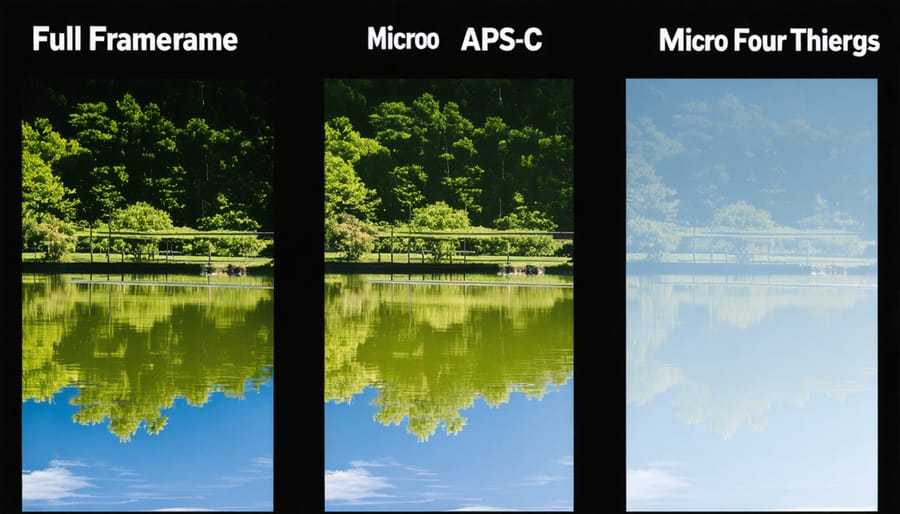
The Light Gathering Advantage
When comparing cameras, one of the most significant factors affecting image quality is their light gathering capabilities. Larger sensors inherently capture more light due to their increased surface area, much like a bigger bucket collects more rainwater than a smaller one. This advantage becomes particularly evident in challenging lighting conditions.
Think of shooting a dimly lit wedding reception or a twilight landscape. A full-frame sensor will typically deliver cleaner, more detailed images at higher ISOs compared to a smaller sensor, simply because it’s working with more light information. This translates to less noise in your photos and better preservation of subtle details in shadows and highlights.
The increased light-gathering ability also contributes to better dynamic range – the camera’s ability to capture both very bright and very dark areas in a single shot. You’ll notice this when photographing high-contrast scenes, like a sunset where you want to retain both the bright sky details and darker foreground elements. Larger sensors generally provide more flexibility in post-processing, allowing you to recover more information from seemingly over or underexposed areas of your images.
Resolution Wars: Beyond Megapixels
Detail Retention and Cropping Flexibility
When examining real-world shooting scenarios, the differences in detail retention and cropping flexibility become immediately apparent. Take, for instance, shooting a landscape with distant architectural elements – a higher resolution sensor allows you to crop into specific buildings while maintaining crisp details, whereas a lower resolution sensor might show noticeable pixelation when zooming to the same degree.
The lens and sensor interaction plays a crucial role here, particularly when shooting subjects like wildlife or sports where you can’t always get as close as you’d like. A 45MP sensor might let you crop a distant bird to fill one-third of your frame while keeping feather detail intact, while a 24MP sensor would start showing limitations at this crop level.
Consider wedding photography, where you might need to reframe shots in post-processing. Higher resolution sensors provide the freedom to crop and deliver multiple compositions from a single capture without compromising print quality. This flexibility proves invaluable when dealing with fast-moving situations where perfect framing isn’t always possible in-camera.
However, it’s worth noting that these benefits come with practical considerations. Higher resolution files require more storage space and processing power, and not every shooting scenario demands such detailed capture capability. The key is matching your camera’s resolution to your typical shooting needs and post-processing workflow.
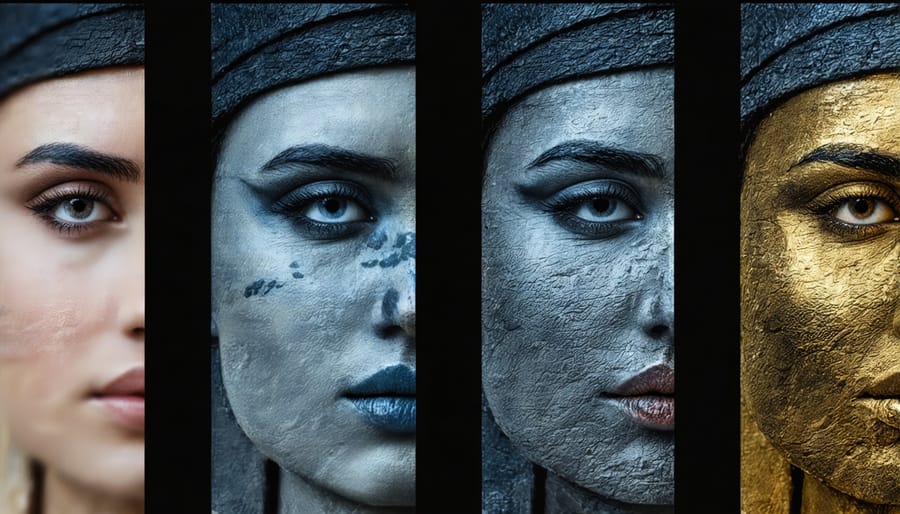
Color Science and Image Processing
Brand-Specific Color Characteristics
Each major camera manufacturer has developed its own distinct approach to color science, creating recognizable “looks” that photographers often gravitate towards. Canon is renowned for its warm, pleasing skin tones and slightly saturated reds, making it a favorite among portrait and wedding photographers. Nikon, in contrast, tends to produce more neutral, true-to-life colors with excellent gradation in blues and greens, appealing to landscape photographers and documentarians.
Sony cameras typically deliver slightly cooler tones with punchy contrast, though recent models have become more refined in their color rendering. Fujifilm stands out with its film simulation modes, which draw inspiration from their analog film heritage, producing rich, distinctive colors that many street and creative photographers prefer.
Panasonic and Olympus (now OM System) lean towards neutral color profiles with excellent control over subtle tones, particularly in challenging lighting conditions. While these brand-specific characteristics are most noticeable in JPEG output, they can also influence RAW files through manufacturer-specific color profiles embedded in editing software.
It’s important to note that these color differences are becoming increasingly subtle with each new generation of cameras, and most can be adjusted through in-camera settings or post-processing. Many photographers choose their preferred brand based on these color characteristics, though modern editing tools allow for considerable flexibility in achieving desired color results regardless of camera choice.

Low Light Performance Comparison
ISO Performance and Noise Handling
ISO performance and noise handling vary significantly across different camera sensors, with the sensor size image quality impact becoming most apparent in challenging low-light conditions. Larger sensors typically demonstrate superior high ISO capabilities, producing cleaner images with less digital noise at elevated sensitivity settings.
Full-frame sensors generally maintain excellent image quality up to ISO 6400 or even 12800, while crop sensors might start showing noticeable noise around ISO 3200. The difference becomes particularly evident in shadow areas and darker scenes, where smaller sensors tend to produce more visible grain and color noise.
However, modern sensor technology has significantly narrowed this gap. Today’s crop sensors can deliver impressive results at higher ISOs, often matching the performance of older full-frame models. The key lies in understanding your camera’s sweet spot – the ISO range where it performs best while maintaining acceptable noise levels.
When comparing cameras, pay special attention to both luminance noise (grain-like texture) and chrominance noise (color speckling), as different sensors handle these characteristics differently. This knowledge helps you make informed decisions about your shooting settings and equipment choices.
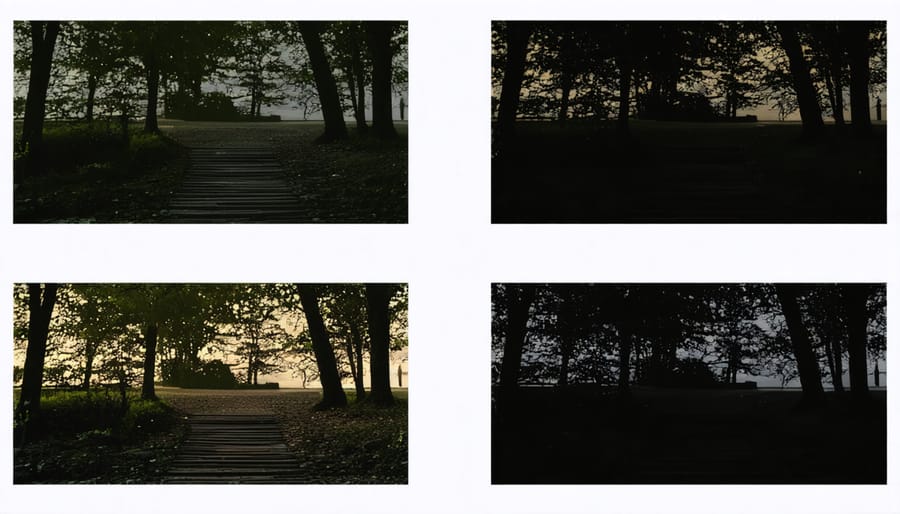
After comparing various camera models and sensor types, it’s clear that image quality depends on multiple factors beyond mere specifications. For professional photographers specializing in commercial work or high-end portraits, full-frame cameras with high megapixel counts remain the gold standard, offering superior dynamic range and low-light performance. However, modern APS-C and Micro Four Thirds sensors have made remarkable strides, making them excellent choices for travel, street, and event photography.
For hobbyists and enthusiasts, the latest mid-range mirrorless cameras offer an outstanding balance of image quality and portability. These cameras deliver exceptional results in most shooting conditions, with the added benefit of advanced features like eye-tracking autofocus and in-body stabilization.
Remember that lens quality often impacts image quality more than sensor size. Investing in high-quality glass for your chosen system will typically yield better results than upgrading to a more expensive camera body with mediocre lenses.
Ultimately, the best camera system for you depends on your specific needs. Consider your primary shooting scenarios, budget constraints, and whether features like weather sealing or video capabilities matter to your work. Focus on building a system that serves your creative vision rather than chasing specifications alone.
